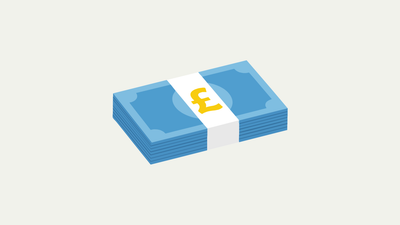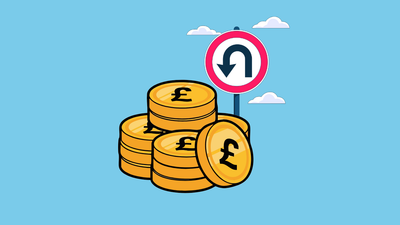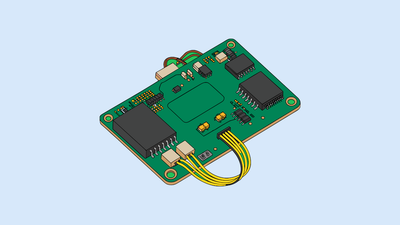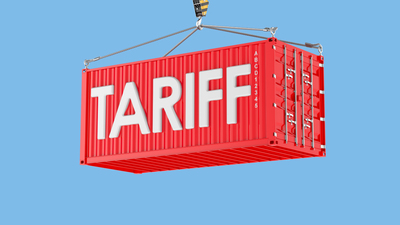Weekly Memo: Give me a slice
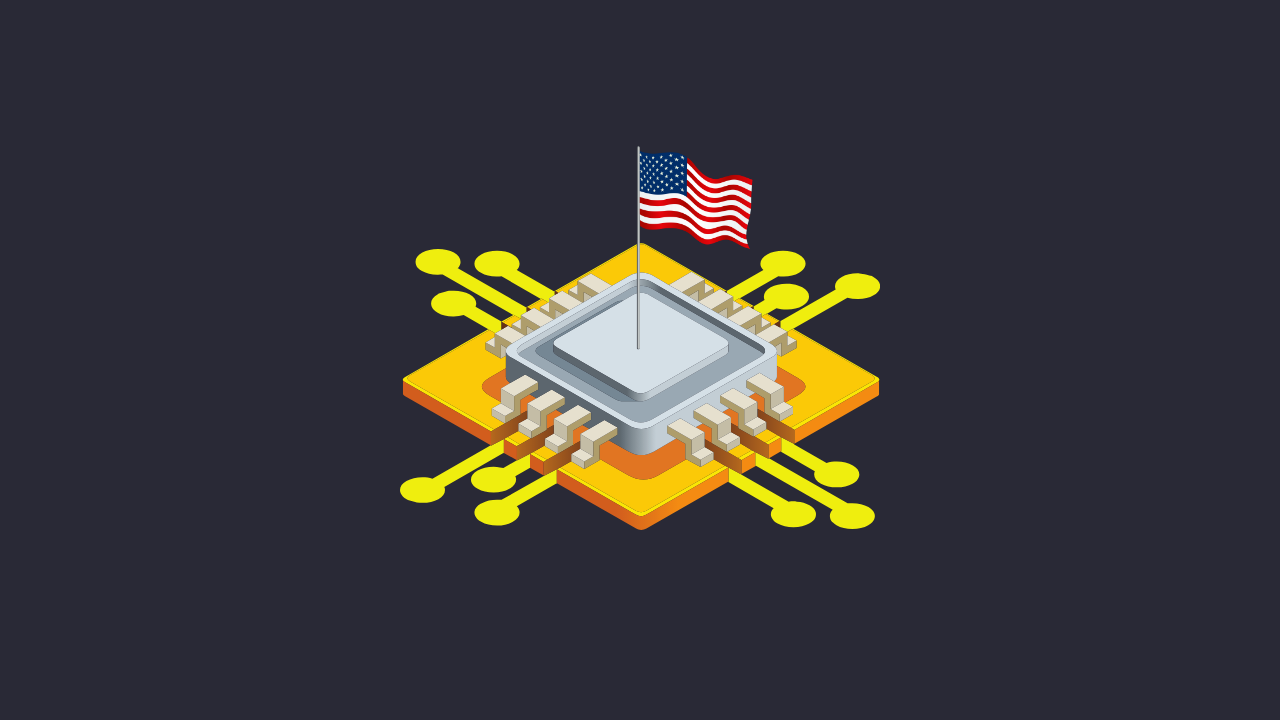
Hi ZipLawyer! In today's weekly memo we're covering a fair bit of Trump news (sorry), Air Canada's drama, US rate cuts and stablecoins.
Give me 10%
Welcome back to another episode of what did Trump do this week. This time, we've got one of his boldest moves yet. Thanks to Trump, the US government will take a nearly 10% stake in Intel — worth $8.9bn — by converting unpaid CHIPS Act grants into equity.

That means Washington gets 433.3m shares (9.9% of Intel’s stock), plus a warrant that could give it another 5% if Intel ever loses majority control of its chipmaking arm. Crucially, the US won’t get a board seat or voting rights, but it will be Intel’s largest single shareholder.
Trump hailed it as a “great Deal for America,” casting it as a way to reboot Intel’s fading chip dominance and secure domestic supply. Intel gets billions to fund its $100bn US factory buildout; taxpayers get a chance at upside instead of just writing a subsidy cheque.
- The catch? Money won’t fix Intel’s technology gap overnight — it still needs customers, and lots of them. For now, the government has gone from regulator to part-owner, a huge shift in the “hands-off” capitalism America usually preaches.
Is this normal? In short, no. Here's why:
- State as Shareholder – The US almost never takes equity in healthy companies. This kind of direct ownership is usually reserved for bailouts during crises, not Fortune 500 giants like Intel.
- CHIPS Act Flip – Trump turned what was meant to be “free” subsidies into equity swaps, making the government look more like a venture capitalist than a grant-giver.
- Capitalism Blur – It sets a precedent that blurs the line between free markets and state-directed industry. It also makes you wonder which company might be next...
Arizona Copper Crunch

Mining giants Rio Tinto and BHP sat down with Trump to push Resolution Copper, a mine that’s been stuck in limbo for years. The pitch? This single site could supply a quarter of America’s copper needs for the next four decades. The snag? An appeals court blocked development the day before their meeting. Trump fired back on social media: “We need Copper—AND NOW!” Investors are watching closely because copper isn’t just for wiring — it’s the metal that powers EVs, wind farms, and the green transition. The battle over this mine isn’t geology; it’s the front line of industrial policy.
Like our roundup? Join ZipLaw+ to get one like this every day of the week!
EU-US Trade Deal

We got a EU-US trade deal. Trump has walked back threats of 200–250% tariffs on EU pharmaceuticals and semiconductors.
Here's what has been agreed:
- Tariff rate: EU pharma & semiconductor exports to the US capped at 15%, not the triple-digit rates Trump threatened.
- Cars: EU car tariffs fall from 27.5% → 15%, but only once Europe passes legislation cutting US industrial tariffs to zero.
- US exports: EU to eliminate tariffs on all US industrial goods, incl. agriculture.
- Start date: 1 September, with car tariff cuts retroactive once EU legislation begins.
- Exclusions: Wine & spirits stayed tariffed, frustrating both industries.
Why it matters: This is a fragile ceasefire in the world’s biggest trading relationship. Europe avoids economic shock in key export sectors (Ireland’s pharma, Denmark’s Novo Nordisk, Germany’s autos), while Trump secures “historic access” for US goods. But with wine, spirits, and cars still under pressure, the deal feels more like duct tape than a permanent fix.
Worth Knowing

🍁 Air Canada Strike Over: Flight attendants ended a three-day strike that grounded hundreds of flights and hit 500,000 travellers. New deal: attendants get half pay for boarding time, which used to be free labour. Small win for workers, big relief for holidaymakers stranded at airports.
💊 Ozempic Discount Time: Novo Nordisk cut Ozempic’s US price in half for uninsured buyers. Why? Competition is heating up, and rivals are eating market share. The Danish drugmaker says 98% of users already get the drug through insurance, but this move is about optics and staying ahead. Shares bounced on the news, but the long-term weight-loss wars are just beginning.
🧸 Pop Mart Mania: Chinese toymaker Pop Mart posted a 400% profit surge in H1 2025 thanks to its Labubu dolls that sell like gold. 40% of sales came from outside China, and shares are up 250% this year. Market cap? Now bigger than Mattel + Hasbro combined.
👀 Keep an eye on
Cuts are Coming

Jerome Powell gave his swan song at Jackson Hole, and markets heard one thing: rate cuts are coming. Probably in September.
But the Fed looks like a Thanksgiving dinner table — one group wants multiple cuts, another says “just one and chill,” and a third insists “no dessert until inflation’s back at 2%.” Powell’s pitch was “the risks have shifted,” code for: jobs are wobbling, tariffs are biting, and we might have to move before inflation behaves. Why it matters? The Fed sets the cost of money. Lower rates = cheaper loans, higher stocks, and Trump yelling “too late.”
Unlock 400+ cases, deals, news about your favourite law firms to impress in applications and ACs!
Term of the Week: Stablecoin
A stablecoin is like a digital IOU tied to a “real” asset e.g. a dollar or euro. Imagine using Monopoly money at a shop, but the cashier promises each bill is always worth exactly one real coin.

👀 Real-world example: Japanese startup JPYC just got the green light to launch a stablecoin pegged to the yen this autumn. It’ll be backed by Japanese government bonds — think US dollar stablecoins, but Tokyo edition. Plan: issue ¥1trn ($6.8bn) over three years. Stablecoins are the new currency experiments, and Japan wants in before crypto becomes a global standard.
🙋 Did you find this helpful? If so, please let us know by voting below!


